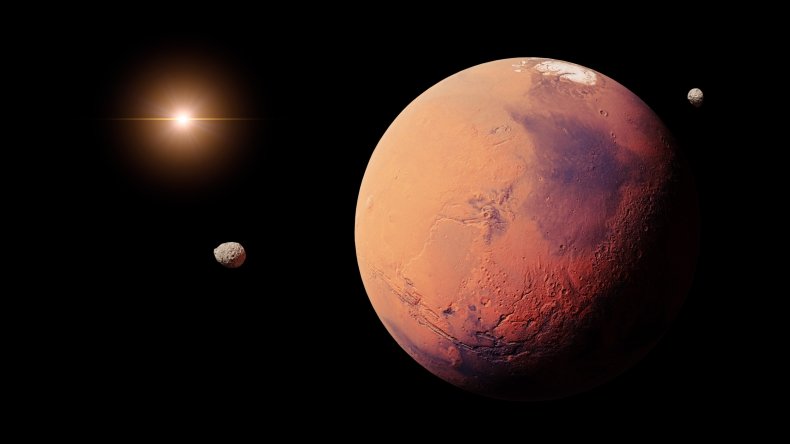By Divya Rajagopal - Yesterday

The Sun Life Financial logo is seen at their corporate headquarters in Toronto
TORONTO (Reuters) -Sun Life Financial Inc, Canada's second-biggest life insurer, on Wednesday posted third-quarter profit that beat analyst estimates, as higher insurance sales in the United States and Asia helped offset declining revenue from its wealth management business.
Underlying profit rose 5% from a year ago to C$949 million ($692.1 million) or C$1.62 per share in the three months ending Sept 30 versus consensus estimates to C$1.47.
"Overall insurance sales across our businesses were strong, reflecting the increased importance clients are placing on protection and health," Kevin Strain, Sun Life CEO and president, said in a statement.
Market volatility sparked by sharp rise in interest rates globally dented Sun Life's wealth business, resulting in a 19% drop in core profit from that operation. Total assets under management fell 8% to C$1.28 trillion from a year ago.
Underlying profit rose 5% from a year ago to C$949 million ($692.1 million) or C$1.62 per share in the three months ending Sept 30 versus consensus estimates to C$1.47.
"Overall insurance sales across our businesses were strong, reflecting the increased importance clients are placing on protection and health," Kevin Strain, Sun Life CEO and president, said in a statement.
Market volatility sparked by sharp rise in interest rates globally dented Sun Life's wealth business, resulting in a 19% drop in core profit from that operation. Total assets under management fell 8% to C$1.28 trillion from a year ago.
Reported profit, which captures market fluctuations, slumped 54% to C$466 million.
Sun Life has been expanding overseas to diversify its business mix and the latest quarter earnings benefited from recent deals, Strain added.
Core income from U.S. operations nearly doubled to C$216 million and Strain said the performance was boosted by the acquisition of DentaQuest, which Sun Life bought last year for $2.48 billion.
($1 = 1.3710 Canadian dollars)

















